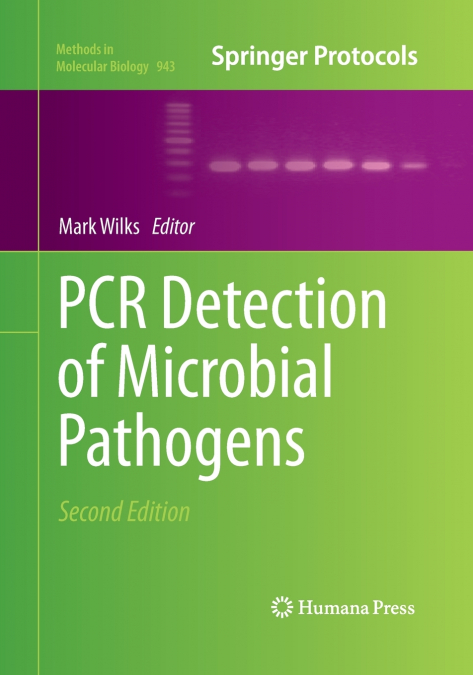
Mark Wilks
PCR methods for the detection of microbial pathogens have made relatively little impact in diagnostic microbiology laboratories due to the common decision to use expensive commercially produced tests rather than the cheaper alternative of developing one’s own tests or introducing tests developed by other workers. PCR Detection of Microbial Pathogens, Second Edition presents alternatives to commercially produced PCR methods to detect microbial pathogens. Although most of the chapters in this book are devoted to the detection of specific pathogens, the first chapters in this book should appeal to anyone working in this field regardless of their particular interests. Although PCR tests can often be made to work with relatively little effort, it is often unclear how efficient the PCR test is, how inhibitory the specimen containing the pathogen of interest is and how the test can be quality controlled. All of which are of great importance in developing tests for diagnostic use. These topics are covered in great depth at the beginning of the book. The main part of the book is devoted to describing methods for the detection of a wide range of pathogens and from widely different specimens and situations. Written in the highly successful Methods in Molecular Biology™ series format, chapters contain introductions to their respective topics, lists of the necessary materials and reagents, step-by-step, readily reproducible laboratory protocols, and notes on troubleshooting and avoiding known pitfalls. Authoritative and accessible, PCR Detection of Microbial Pathogens, Second Edition serves microbiologists regardless of their particular interest because, when used together with the general principles, the sheer variety of procedures provided here enables the reader to design and introduce diagnostic tests in the laboratory with confidence.